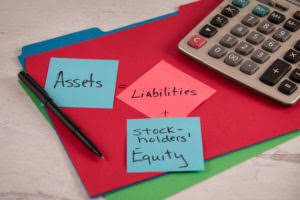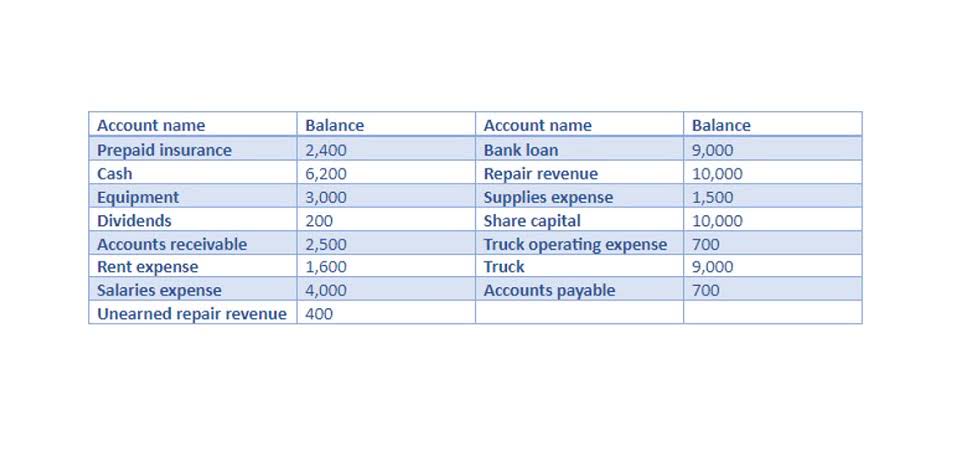You can elect to take a 100% special depreciation allowance for certain property with a long production period and certain aircraft placed in service before January 1, 2024. You can take a 50% special depreciation allowance for qualified reuse and recycling property. Qualified reuse and recycling property also includes software necessary to operate such equipment.
What Is Depreciation: Definition, Types, and Calculation

The passenger automobile limits generally do not apply to passenger automobiles leased or held for leasing by anyone regularly engaged in the business of leasing passenger automobiles. For information on when you are considered regularly engaged in the business of leasing listed property, including passenger automobiles, see Exception for leased property, earlier, under What Is the Business-Use Requirement. The depreciation deduction, including the section 179 deduction and special depreciation allowance, you can claim for a passenger automobile (defined earlier) each year is limited. For passenger automobiles and other means of transportation, allocate the property’s use on the basis of mileage. You determine the straight line depreciation rate for any tax year by dividing the number 1 by the years remaining in the recovery period at the beginning of that year.
How does deprecation affect tax liability?

Written documents of your expenditure or use are generally better evidence than oral statements alone. Report the inclusion amount figured (as described in the preceding discussions) as other income on the same form or schedule on which you took the deduction for your rental costs. If you have two or more successive leases that are part of the same transaction (or a series of related transactions) for the same or substantially similar property, treat what are depreciable assets them as one lease. A special rule for the inclusion amount applies if the lease term is less than 1 year and you do not use the property predominantly (more than 50%) for qualified business use. The amount included in income is the inclusion amount (figured as described in the preceding discussions) multiplied by a fraction. The numerator of the fraction is the number of days in the lease term, and the denominator is 365 (or 366 for leap years).
- Each partner adds the amount allocated from partnerships (shown on Schedule K-1 (Form 1065), Partner’s Share of Income, Deductions, Credits, etc.) to their nonpartnership section 179 costs and then applies the dollar limit to this total.
- For property placed in service after 1986, you generally must use the Modified Accelerated Cost Recovery System (MACRS).
- Considered an operating expense, depreciation is always a fixed cost, since in many cases the monthly depreciation expense will remain the same throughout the life of the asset, while other times it may change yearly.
- To estimate the amount of profit and assets of any business correctly, we must know how to differentiate between assets that should be depreciated in the accounting books (i.e., depreciable assets) and non-depreciable assets.
- You place the property in service in the business or income-producing activity on the date of the change.
What Are Depreciable Business Assets?
The adjusted basis in the house when Nia changed its use was $178,000 ($160,000 + $20,000 − $2,000). On the same date, the property had an FMV of $180,000, of which $15,000 was for the land and $165,000 was for the house. The basis for depreciation on the house is the FMV on the date of change ($165,000) because https://www.bookstime.com/articles/how-to-invoice-as-a-freelancer it is less than Nia’s adjusted basis ($178,000). The basis of property you buy is its cost plus amounts you paid for items such as sales tax (see Exception below), freight charges, and installation and testing fees. The cost includes the amount you pay in cash, debt obligations, other property, or services.
Which assets cannot be depreciated?

One often-overlooked benefit of properly recognizing depreciation in your financial statements is that the calculation can help you plan for and manage your business’s cash requirements. This is especially helpful if you want to pay cash for future assets rather than take out a business loan to acquire them. An estimate of how long an item of property can be expected to be usable in trade or business or to produce income. A number of years that establishes the property class and recovery period for most types of property under the General Depreciation System (GDS) and Alternative Depreciation System (ADS). A capitalized amount is not deductible as a current expense and must be included in the basis of property. Section 1.168(i)-6 of the regulations does not reflect this change in law..
- Figuring depreciation under the declining balance method and switching to the straight line method is illustrated in Example 1, later, under Examples.
- The FMV of the property is considered to be the same as the corporation’s adjusted basis figured in this way minus straight line depreciation, unless the value is unrealistic.
- The cost of land generally includes the cost of clearing, grading, planting, and landscaping.
- The partnership must reduce its dollar limit by $50,000 ($2,940,000 − $2,890,000).
- You do not have to record information in an account book, diary, or similar record if the information is already shown on the receipt.
- This allowance is taken after any allowable Section 179 deduction and before any other depreciation is allowed.
- You do not elect to take the section 179 deduction and the property does not qualify for a special depreciation allowance.
- The business use of your automobile, as supported by adequate records, is 70% of its total use during that fourth week.
- If the activity is described in Table B-2, read the text (if any) under the title to determine if the property is specifically included in that asset class.
- For example, if a company’s original useful life estimate is 10 years, but new technology is likely to render it obsolete after eight years, the company may be able to accelerate depreciation based on a shorter schedule.
- Under this accelerated method, there would have been higher expenses for those three years and, as a result, less net income.
- Real property (other than section 1245 property) which is or has been subject to an allowance for depreciation.
